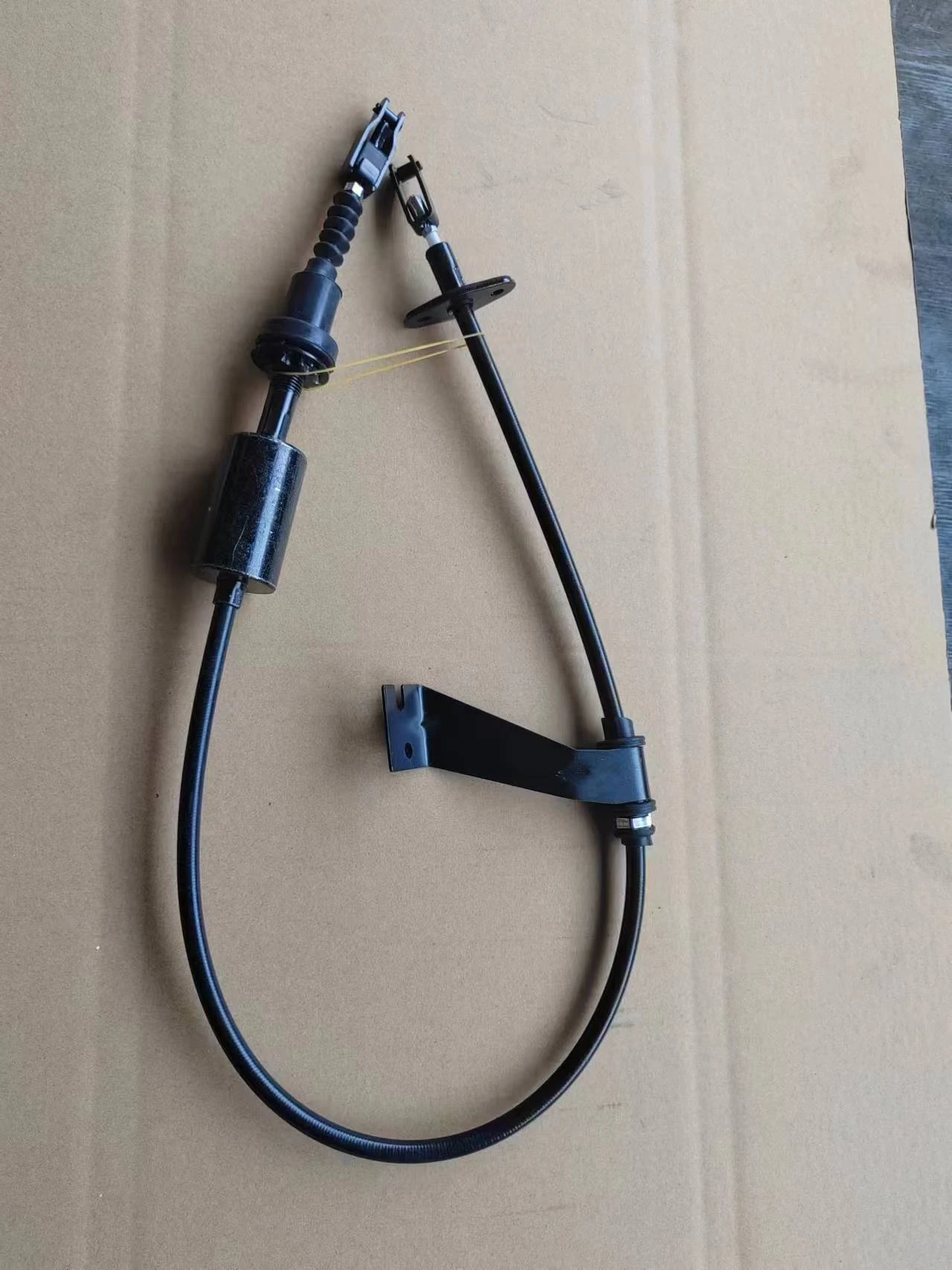Understanding the Functions and Importance of Gear Shift Cables in Automotive Systems
Understanding Gear Shift Cables A Comprehensive Overview
Gear shift cables play a crucial role in the functionality and performance of various vehicles, particularly in manual transmission systems. These cables provide the necessary connection between the gear shifter inside the vehicle and the transmission, allowing the driver to change gears smoothly and efficiently. In this article, we will explore the purpose of gear shift cables, the mechanics behind their operation, common issues they face, and best practices for maintenance.
The Role of Gear Shift Cables
At its core, a gear shift cable is designed to transmit the movement from the gear lever to the transmission. When a driver shifts gears, the corresponding movement in the gear shifter is translated through the cable, which then engages or disengages the gears in the transmission system. This process is not only vital for performance and control, but it also affects fuel efficiency and overall driving experience.
Gear shift cables are typically constructed from durable materials that resist wear and tear, given the repeated stresses they endure over time. The cable itself is housed within a protective casing that prevents damage from external elements, such as dirt or moisture, which could compromise its integrity and functionality.
Mechanics of Operation
The operation of gear shift cables hinges on a relatively simple mechanism. The gear lever is connected to the cable, which then extends to the transmission. Inside the transmission, there are selector rods or linkages that respond to the tension and movement in the cable. When the driver moves the gear lever, the cable pulls or pushes the selector, which ultimately determines the gear engaged by the vehicle.
The efficiency of this system is vital. A frayed or stretched cable can lead to inaccurate gear selection, resulting in grinding when shifting or difficulty in changing gears altogether. This underscores the importance of a well-maintained gear shift cable in achieving a smooth and reliable driving experience.
Common Issues
gear shift cable

Despite their robustness, gear shift cables are susceptible to certain issues over time. One of the most common problems is cable fraying, which can occur due to constant movement, exposure to harsh conditions, or lack of lubrication. Frayed cables may lead to inconsistent shifting, making it difficult for drivers to get the appropriate gear.
Another frequent issue is cable misalignment. If the cable gets out of its intended path or is improperly installed, it can cause binding or dragging, which further complicates gear shifts. Regular inspections can often catch these problems early and allow for adjustments to be made before they escalate into more significant issues.
Additionally, environmental factors such as extreme temperatures can affect the performance of gear shift cables. The materials can become stiff in cold weather or more pliable in heat, impacting the driver's ability to shift gears effectively.
Maintenance Practices
To ensure that gear shift cables perform optimally, regular maintenance is essential. Drivers should perform routine checks for any signs of wear, such as fraying or cracking in the casing. If any issues are detected, it is advisable to replace the cable as soon as possible to avoid further damage.
Lubrication is another critical maintenance step. A well-lubricated cable will operate smoothly and reduce the risk of binding. However, care should be taken to avoid over-lubrication, which can attract dirt and other debris, potentially leading to further complications.
Lastly, when servicing a vehicle, it is beneficial to have a qualified technician inspect the gear shift cables, especially during transmission repairs or replacements. This proactive approach can prevent minor issues from becoming larger, more expensive problems.
In conclusion, gear shift cables are a vital component in any vehicle with a manual transmission. Understanding their function, recognizing common issues, and adhering to maintenance practices can not only enhance the vehicle's performance but also ensure a smoother, more enjoyable driving experience. By taking care of these cables, drivers can keep their gear shifting experience as seamless as possible.
-
Upgrade Your Control with Premium Throttle CablesNewsAug.08,2025
-
Stay in Control with Premium Hand Brake CablesNewsAug.08,2025
-
Experience Unmatched Performance with Our Clutch HosesNewsAug.08,2025
-
Ensure Safety and Reliability with Premium Handbrake CablesNewsAug.08,2025
-
Enhance Your Vehicle with High-Performance Clutch LinesNewsAug.08,2025
-
Elevate Your Ride with Premium Gear CablesNewsAug.08,2025
